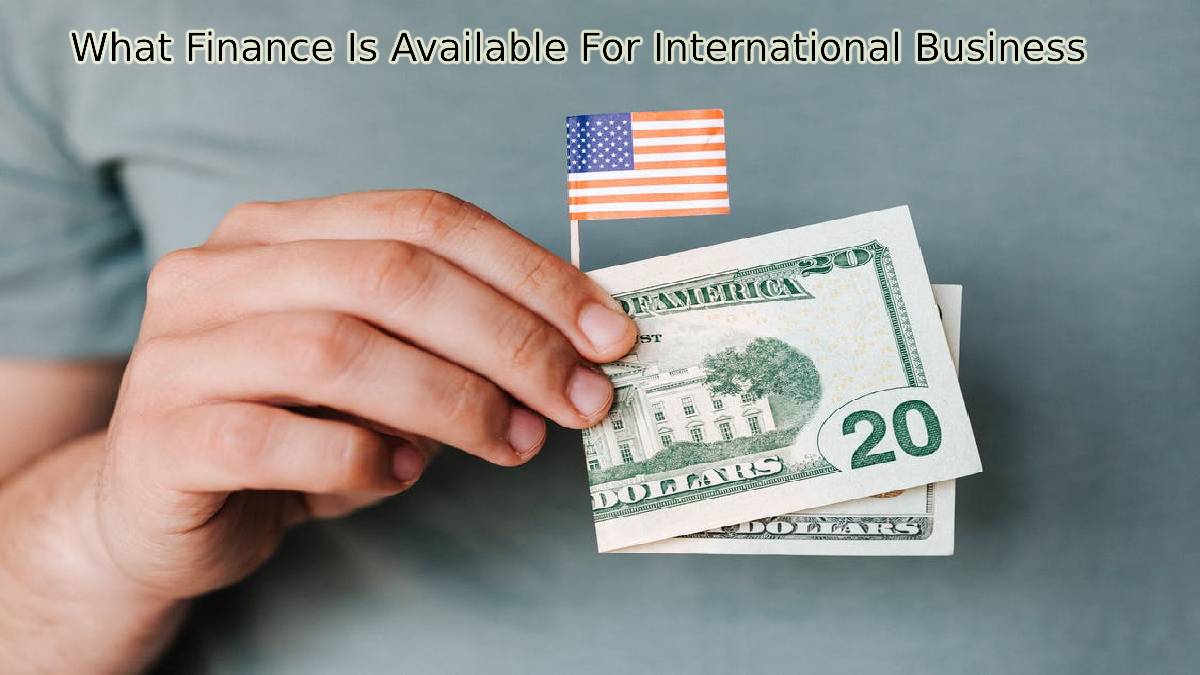Table of Contents
International Business
Foreign trade has been and continues to be vital for the growth and development of Latin America and the Caribbean (LAC) for International Business. This activity involves many actors —small, medium and large companies— integrated into value chains, which generate jobs and contribute to the well-being of their countries. Proof of this is that without it, the region would not have experienced the 40% additional growth in GDP per capital that occurred between 1990 and 2010, during the so-called “great liberalization” period.
The impact of the COVID-19 pandemic has been profound in this sector for International Business. In the first half of 2020, exports of goods fell 16%, while those of services contracted almost 30%, according to the IDB’s Trade and Integration Monitor 2020 report. Intra-regional flows have lost a share of the region’s total trade, accounting for just 13% of the total (65% for the European Union and 47% for East Asia). And the crisis is not over yet.
According to the World Trade Organization, about 90% of world trade depends on financing or credit insurance, primarily short-term. For this reason, LAC companies that participate in foreign exchange need, today more than ever, to finance their operations. Not only to make them grow again but also to make them more resilient and sustainable and lead them towards more incredible insertion in regional and global value chains.
Also read: The best cryptocurrencies to invest in 2022 – The Wiki Guide
The Importance Of Financing Foreign Trade
Exporters need financing to source, process, store, distribute and sell their products, and they also need to paiy for their sales as quickly as possible. On the other side of the shore, importers need credit to finance their purchases of raw materials, intermediate and capital goods, and they want to extend the payment term to the maximum.
For these transactions to be carried out to satisfy the needs of both, there is a set of financial instruments, such as loans, payment guarantees and insurance.
This happens because most trades are paid in instalments, and trading partners often do not want to risk trading with a particular counterparty or country. In addition, these instruments stabilize companies’ cash flow, improve their competitiveness, and serve as a negotiation tool with customers and suppliers.
Closing The Gap To Drive Recovery
Exporters need financing to source, process, store, distribute and sell their products, and they also need to pay for their sales as quickly as possible. On the other side of the shore, importers need credit to finance their purchases of raw materials, intermediate and capital goods, and they want to extend the payment term to the maximum.
For these transactions to carry out to satisfy the needs of both, there is a set of financial instruments, such as loans, payment guarantees and insurance.
This happens because most trades pays in instalments, and trading partners often do not want to risk trading with a particular counterparty or country. In addition, these instruments stabilize companies cash flow. Improve their competitiveness, and serve as a negotiation tool with customers and suppliers.


